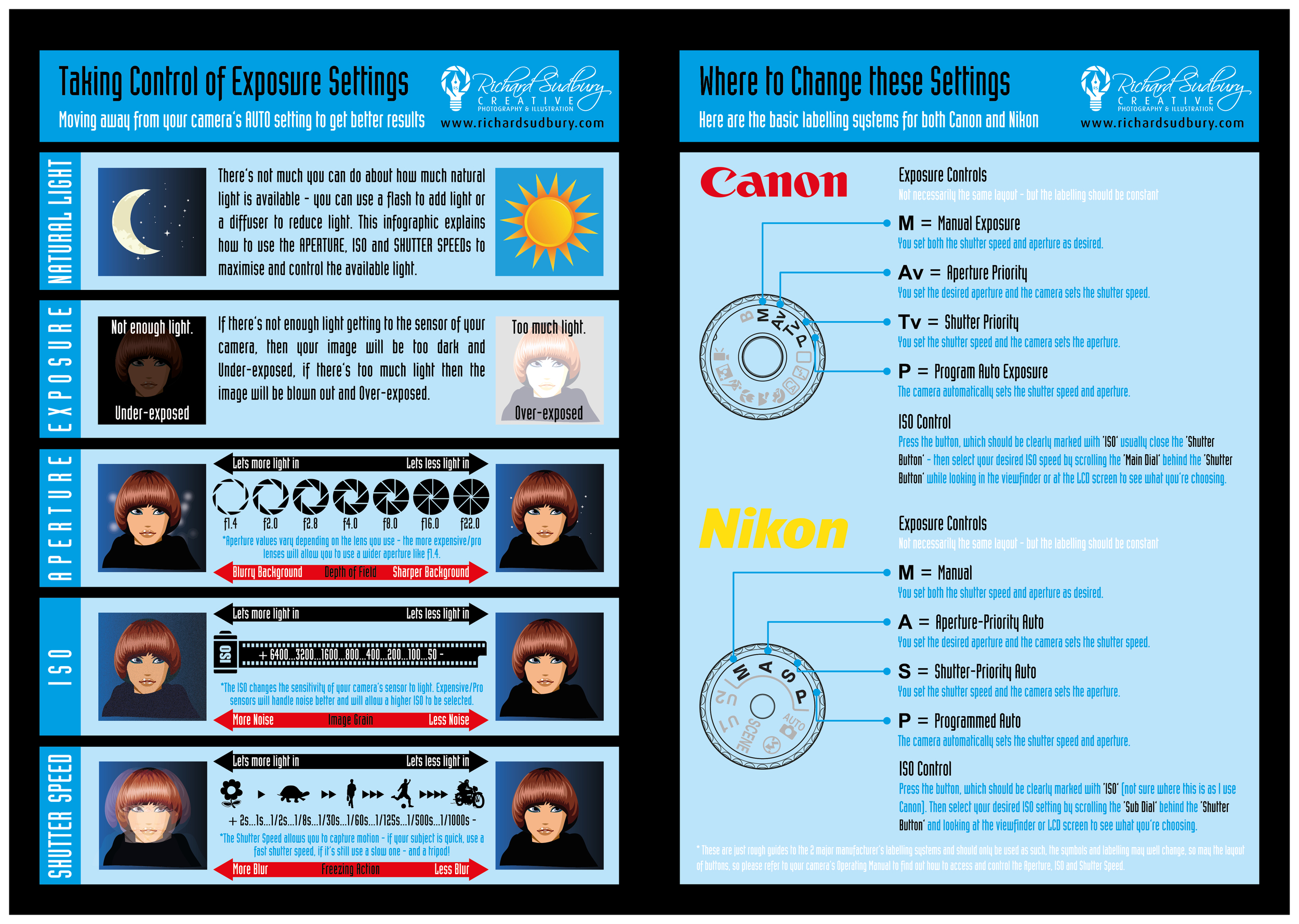Digital Photography Tips For Beginners: Grasping Your Electronic Camera In No Time At All
Digital Photography Tips For Beginners: Grasping Your Electronic Camera In No Time At All
Blog Article
Short Article Composed By-Grant Elmore
When you first get your camera, it can feel overwhelming with all the settings and alternatives available. You could find yourself asking yourself just how to browse aperture, shutter speed, and ISO properly. Mastering these basics is crucial, however there's more to digital photography than simply technical knowledge. Understanding make-up methods and lights conditions can boost your images drastically. So, what happens if you could learn simple techniques to enhance your abilities and begin capturing impressive photos faster than you believe? Let's check out exactly how to transform https://telegra.ph/Accomplish-A-Standout-Digital-Photography-Portfolio-By-Grasping-One-Of-A-Kind-Style-And-Compelling-Storytelling---Uncover-The-Es-01-07 .
Understanding Cam Settings
Understanding your video camera settings is important for catching sensational images. When you pick up your camera, acquaint yourself with the 3 primary setups: aperture, shutter speed, and ISO. Each plays an essential role in just how your pictures turn out.
Begin with aperture, which controls the amount of light going into the lens. A bigger aperture (reduced f-number) lets in more light and creates a stunning background blur, perfect for pictures. Conversely, a narrower aperture (higher f-number) maintains even more of the scene in emphasis, perfect for landscapes.
Next, concentrate on shutter speed. This setting identifies how much time your electronic camera's sensor is revealed to light. A rapid shutter rate freezes movement, which is terrific for activity shots, while a slow-moving shutter speed can create stunning impacts like smooth water in landscapes.
Lastly, change your ISO. This setup affects your electronic camera's sensitivity to light. A greater ISO works in low-light circumstances however can present sound or grain. Aim for the lowest ISO possible while still accomplishing appropriate exposure.
Structure Methods
When you're out shooting, make-up can make all the difference in exactly how your images reverberate with visitors. Begin by using the policy of thirds; imagine your frame divided right into nine equivalent areas with two straight and 2 upright lines. Setting crucial elements along these lines or at their intersections to create balance and passion.
Next, think about leading lines. These all-natural lines in your scene, like roadways or rivers, draw the customer's eye into the photograph, directing them via the tale you're telling.
Do not forget about mounting; use components within your scene, like trees or home windows, to create a structure around your topic, including depth and emphasis.
Likewise, keep an eye on your background. A messy background can distract from your major topic, while a straightforward one helps it stand out.
Last but not least, try out symmetry and patterns; they can create a striking photo that records interest.
Mastering Lighting Issues
Understanding illumination conditions is critical for catching spectacular pictures, as the right light can change an ordinary scene into something remarkable.
Beginning by observing all-natural light at different times of the day. Early mornings and late afternoons provide the most effective light, known as the gold hour. The soft, cozy tones during these times can enhance your pictures wonderfully.
Do not avoid overcast days either; diffused light can lessen severe shadows and create a pleasing impact, especially for portraits.
Trying out backlighting by placing your topic against the source of light. This strategy can create a wonderful halo impact and add depth to your images.
professional application photo to your camera setups too. Adjust the ISO, aperture, and shutter speed to suit the lights conditions. A higher ISO can assist in low light, but beware of grain.
Make use of a tripod in darker atmospheres to avoid blur.
Lastly, do not fail to remember synthetic illumination. Flash and constant lights can be fantastic tools for controlling light in tough conditions.
Conclusion
To conclude, grasping your cam doesn't have to be overwhelming. By understanding your settings, using make-up methods, and taking advantage of the power of all-natural light, you'll rapidly elevate your digital photography skills. Bear in mind, practice makes best, so go out there and experiment with your newfound knowledge. With time and commitment, you'll be recording spectacular photos that mirror your one-of-a-kind viewpoint. Take pleasure in the trip, and do not fail to remember to have a good time while you go to it!
